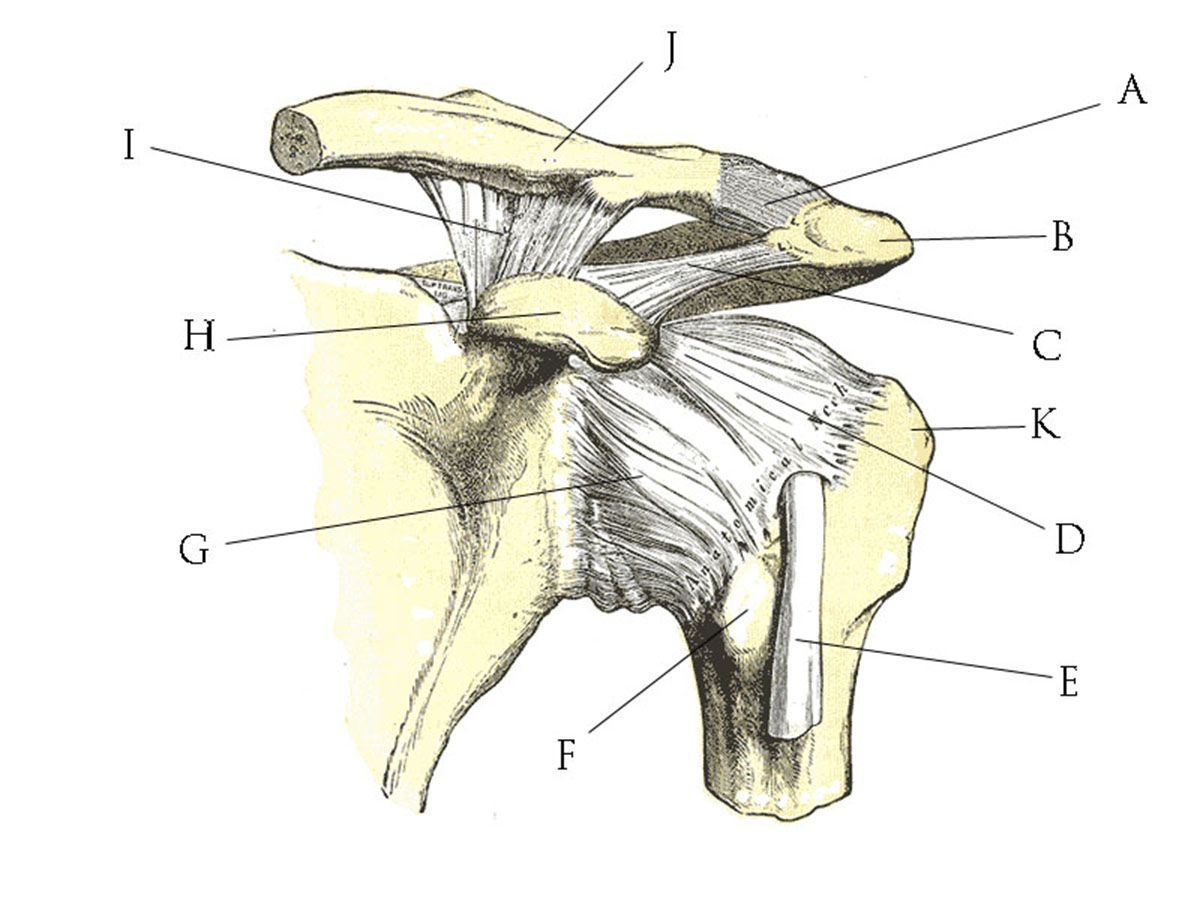
Shoulder
The shoulder can move in many directions and in many ways. Thisis an unstable joint, which could easily get hurt. Usually, problems arise withthe injuries of the soft tissue or when there is a pathological process. Sometimes,other problems in the body, like liver, heart, cervical spine or gallbladder problemscould be manifested as shoulder pain.
Shoulder problems are usually diagnoses by the physicalexamination, and then tests like MRI, X ray or arthrogram, and sometimesultrasound.
Shoulder problems
Possible disorders of the shoulder include: frozenshoulder, dislocation,separation, tendinitis, bursitis, impingement syndrome, torn rotator cuff, (known as adhesive capsulitis) and shoulder fracture.
Frozen shoulder couldbe caused by an injury or progress of the rheumatic illness, which lead toadhesion growth between the surfaces of the joint. These adhesions seriously limitthe movement of the shoulder. Treatment consists of NSAIDs, heat applicationand assisted stretching. Some cases need transcutaneous electrical nervestimulation (TENS) to ease the pain. Surgical assistance is rarely needed.
Dislocation ofthe shoulder is quite common condition, when the ball of the humerus pops out. Somepeople often experience this condition, and then it’s called shoulderinstability. Subluxation is a partially dislocated upper arm bone. The conditionproduces intensive pain, swelling, weakness and bruising. Sometimes, it couldcomplicate further by ligament tearing or nerve damage. Dislocation isdiagnosed by examination and X rays. The treatment includes returning of the humerusinto the joint socket and immobilizing the joint for couple of weeks. After that,patient needs physical rehabilitation. Sometimes, it is necessary to perform asurgical procedure. It could be done in open or arthroscopicsurgery. The recovery period is usually several months.
Shoulder separationis most likely to be caused by falling on the stretched arm or by sudden,intensive punch to the shoulder. Ligaments of the joint got torn and outer endof the clavicle slips out of place. Usual symptoms include: tenderness of theshoulder, pain, and a bump over the AC joint. It is treated just by resting and wearing asling and after that specialists recommend physical exercises. The completehealing could be expected in 2 to 3 months.
Tendinitis, bursitis,and impingement syndrome often happen combined. Inflammation and swellingof the tendon and bursa cause these conditions. Impingement syndrome is acondition caused by squeezing of the rotator cuff. The therapy starts withanti-inflammatory medications (non-steroidal anti inflammatory drugs or NSAIDs),to ease the pain and inflammation. Specialists use ultrasound to improve bloodflow, and the patients are advised to perform stretching and strengthening exercises.Sometimes, it is necessary to use corticosteroids or perform a surgery to repairthe damaged tissue.
Torn rotator cuff iscaused by aging, or overuse of rotator cuff tendons, such as by heavy lifting. The treatment involves resting, hot or cold applications andpainkillers if necessary. It is also likely that the condition will improvewith wearing of the sling, electrical stimulation, ultrasound or cortisoneinjections. Surgery is the last option.
Fracture meansthat there is crack through the shoulder bone, usually after collision injury. Itcauses severe pain, redness and bruising. Specialist brings the bone to itsnormal position and then use a strap and sling to keep the clavicle where itshould be. Patients need physical treatment after removing the strap and sling,to toughen the shoulder and bring back its movement.



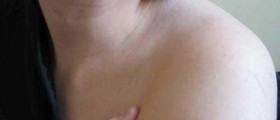
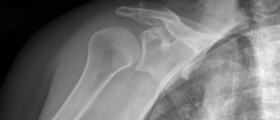
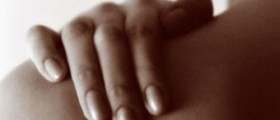

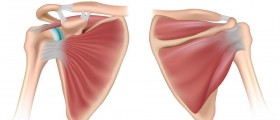
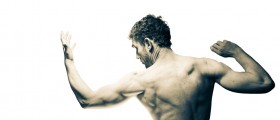


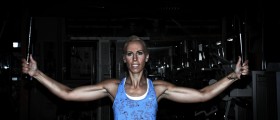
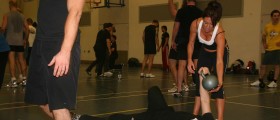
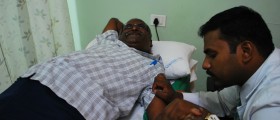
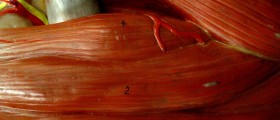


Your thoughts on this
Loading...